In 1997, a modest number of larpers from Finland, Sweden, Norway and Denmark congregated in Oslo, following a call spread on what passed for the Internet in those days. The conference was called Knutepunkt, nodal point. The following year, it took place in Stockholm and was called Knutpunkt. Then in Copenhagen, as Knudepunkt. When it came to Helsinki, we named it Solmukohta. For 20 years, the conference has travelled the four countries, bringing together game designers, researchers, larp organizers, artists, and educators from an increasing number of countries. The community has grown, changed, and matured, and keeps asking itself the questions “how can we do this thing better?” and “what is it that we are doing?”
This year’s event was held at the Quality Hotel Mastemyr, slightly outside of Oslo, from February 23rd to 26th. Because many people travel far for the conference, the preceding week featured a track of related programme called A Week in Norway. This included an event named Interaction | Unfinished which focused on interaction in arts and entertainment, and the “Week in” staples edu-larp conference and Nordic Larp Talks, which also featured the conference’s book release party. Each conference produces a book (or several!) of articles, essays, and documentation about larp. This year’s book was Once Upon a Nordic Larp… Twenty Years of Playing Stories. At a hefty 400 pages, it contains material ranging from retrospectives to the early days of Knutepunkt and light academic analysis of larp to practical design concerns like taking care of volunteers and feeding your larp, and everything in between.
I refer to Knutepunkt as a conference, though it straddles the line between what we would understand as a conference and a gaming convention, and it is entirely possible for one person to experience the event as an academic conference and another as a larp convention. The programme featured serious discussions about dealing with sexual predators in a globalizing larp community, and critical talks about accessibility and safety in larp design, but also a Eurovision singalong and a larp based on the Norwegian teen drama masterpiece SKAM, a series that the researcher Jaakko Stenros dubbed “the best non-interactive thing to come out of Norway since Ibsen”.
This year, the major topic of discussion, referenced both implicitly and explicitly in many talks, was integrity. Nowadays, many in the field make money off larp, some as a full-time job, and whenever money meets art, there is a question of compromise. These range from the artistic – is it okay for a larp to have outside spectators? to the seriously moral – is it okay to run larp in Abu Dhabi, a human rights black hole? Does the belief that larp can change the world for the better outweigh the issues inherent in doing business in a country that uses slave labour? These are the serious conversations of a young art form.
In these circles, it should be noted, the question of whether larp is an art form is less controversial than the question of whether larps are really games.
Another major theme was the anniversary. Though technically the 21st conference, Knutepunkt 2017 marked the 20th anniversary of the first conference as well as its return to the country of origin after its fifth full circuit. There were retrospective keynote speeches, and the book opens with a series of articles looking back on the conference’s history.
At the opening ceremony, there was a ritual – Norwegian larpers are big on rituals – commemorating each of the conferences, centred around a totem pole. The pole was then placed in the hotel lobby and the participants invited to place some small token from a memorable past conference on it. At the closing ceremony, the totem pole, festooned now with badges, program leaflets, song lyrics, even one entire book, was ritually burned in the hotel yard.
The third major topic was naturally the future. Many goals of the early days have been accomplished. Larp is accepted as art by its cultural institutions. It has become an acceptable subject of study at universities and a livelihood for some. It has been enshrined in museums and reported on by The Guardian. What next? Is the concept of Nordic larp still a useful one, now that Poland has become a hotbed of activity? Is it perhaps necessary to reclaim larp, a fundamentally participatory and communal art form, back from the institutions that stand poised to co-opt it? What if someone uses the tools of larp for – for lack of a better word – evil?
Next year’s conference will be held in Lund, Sweden. Answers will be presented, and again the next year in Denmark, and then again in Finland and back to Norway, in an ongoing, maturing, and evolving dialogue of point-counterpoint, hey-what-if, oh-look-what-we-did. It will be fascinating.
You might also like
More from Features
Game Awards – Celebration of talent or a Marketing Extravaganza?
The Game Awards 2024 is over and the winners are announced. However, are they still following the same pattern that …
Worlds in a Finnish Theater: League Finals, Community, and Döner Kebab
I travelled to Helsinki to watch League finals in a cinema, and it was worth it. #leagueoflegends #esports #community #worldfinals







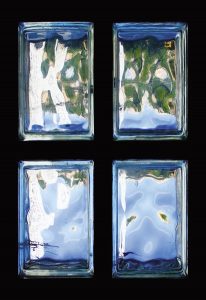
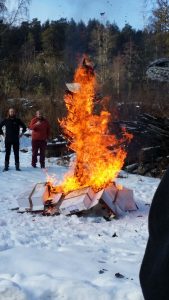


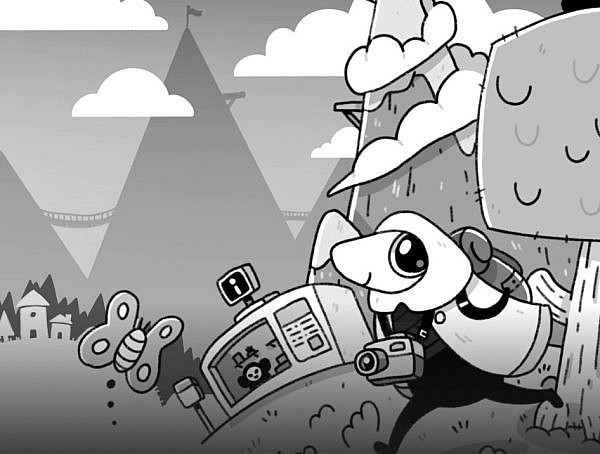
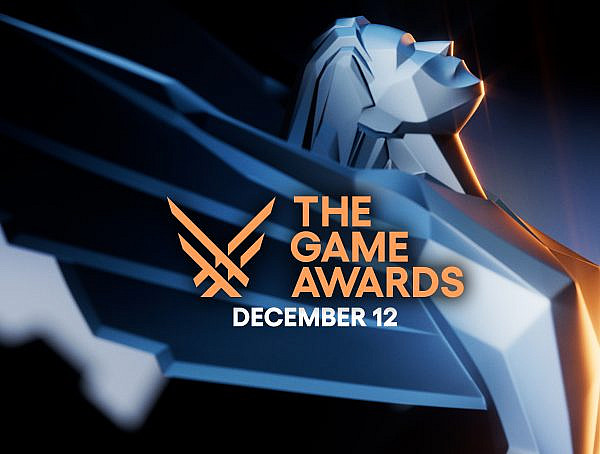
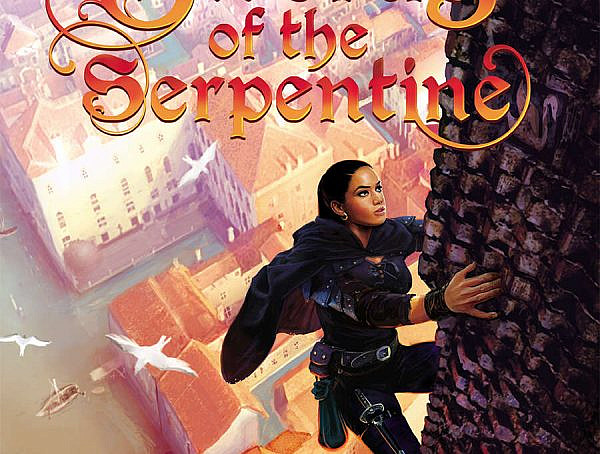
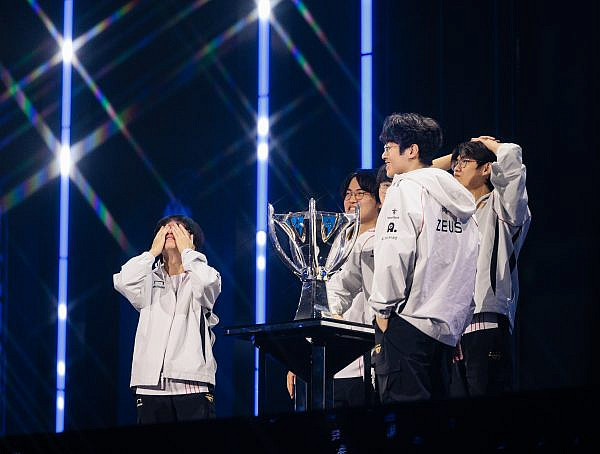



Leave A Reply
[…] Knutepunkt 2017 – Two decades of art, design, and scholarship, a report on this year’s Knutepunkt conference in Norway. Writing this one was hard because it kept coming across as a hugbox hippie death cult and I’m still not quite satisfied with the text. […]